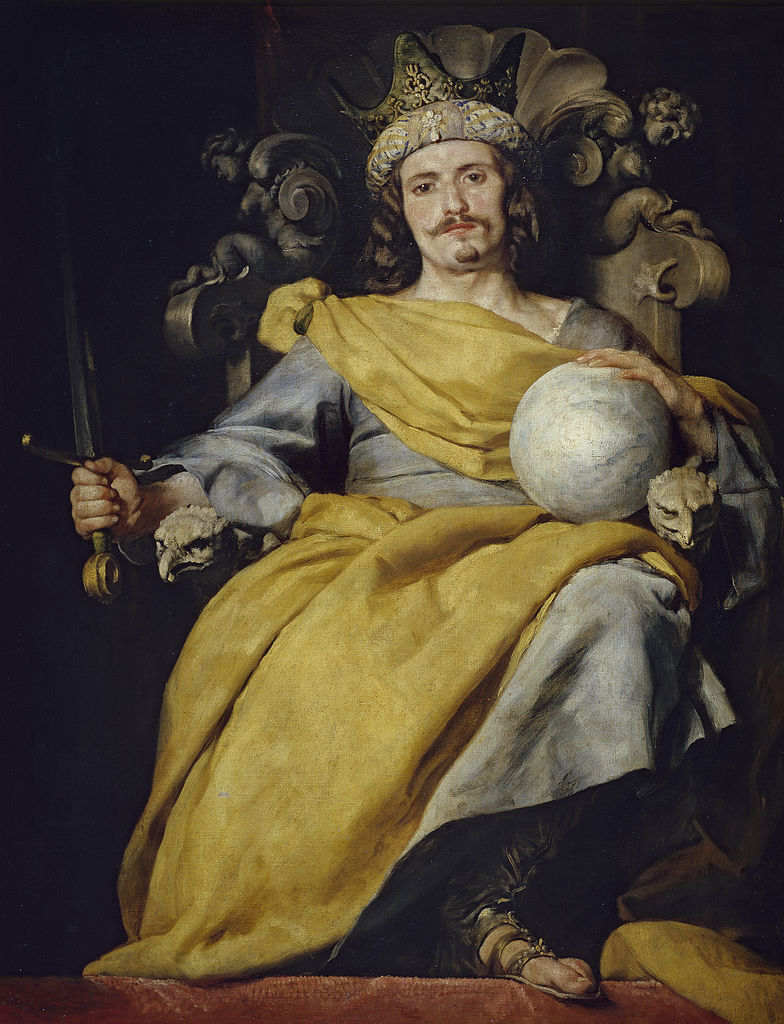Granada School

Granada School
The Granada School, an artistic movement that emerged during the Spanish Golden Age, represents a rich tapestry of cultural and artistic excellence. Originating in Granada, Spain, this school is known for its unique contributions to painting, sculpture, and architecture.
During the 16th and 17th centuries, the Granada School flourished amidst the political and cultural dominance of Spain. Prominent figures such as Alonso Cano, who was not only a painter but also a skillful sculptor and architect, became the founders of the style of this school. International influences mixed in Granada during this era, and artists from different regions contributed to the development of a vibrant art scene. Pedro Machuca, architect and painter, played an important role in this period, known for his work on the altarpiece of Santa Ana in the Pulgar Chapel.
In the seventeenth century, artists such as Juan de Palenque participated in the development of the school. Alonso Cano's return to Granada in 1652 was a turning point that attracted artists of all phases to his style. This era was characterized by an emphasis on idealized forms, a move away from realism and genre scenes.
The works of these artists are exhibited in various prestigious venues. The Granada Museum of Fine Arts has a significant collection including works from the 15th to the 20th century. In addition, the Royal Chapel of Granada boasts an impressive collection of Italian and Spanish paintings from the 15th to 18th centuries, reflecting the rich artistic heritage of this era.
For collectors and art connoisseurs, Granada offers an intriguing exploration of Spain's golden age. Sign up for news of new sales and auctions related to the Granada School and get exclusive insights into this remarkable artistic movement.
| Country: | Europe, Spain |
|---|---|
| Start of the period: | XVI century |
| End of the period: | XVII century |